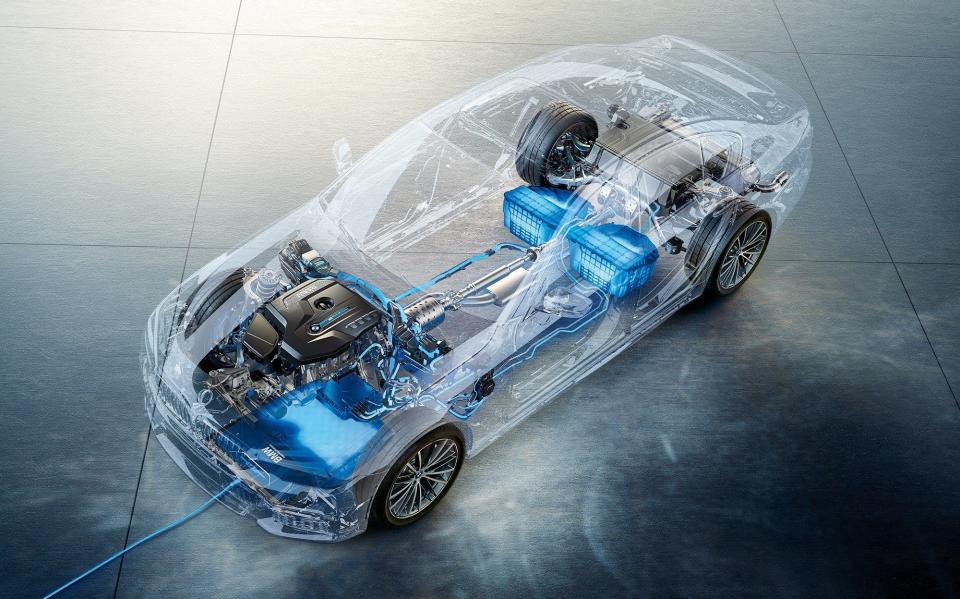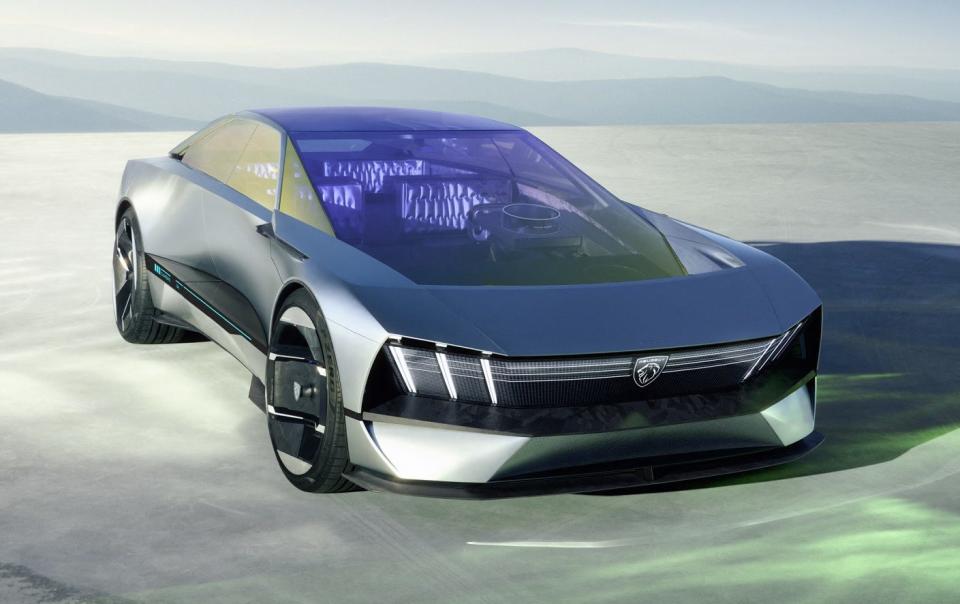Wireless electric car charging – we’ve waited long enough

Wireless car charging – or inductive charging, as it is more correctly known – is much the same technology as the wireless phone charging that’s now an everyday convenience, only it’s for your electric car. Simply park over the charging pad and bingo, the battery is being topped up. No cables and sockets to worry about; it is also possible to have rapid charging speeds via wireless car charging, too.
It’s been on the cards for ages yet still seems a coming technology, but why? More than five years ago, Audi, BMW and Jaguar were stating that they’d be introducing inductive charging. Pilot schemes showcased a variety of wireless technology, with most favouring a portable charging pad that slots under the car to be charged. Companies focussing on industrial inductive charging for taxi ranks, delivery depots and so on favour fixed plates set into the ground that can provide faster charging rates.
The latest wireless charging pilot scheme is being run in Gothenburg, Sweden by a collective of companies including Volvo and InductEVs – a company that has spearheaded inductive charging tech since 2014 and, in this project, is providing wireless car charging plates to support a taxi rank of electric Volvo XC40s.

In this instance, the plates can deliver a charge rate of up to 40kW – good for roughly 100 miles of range per hour of charging – and will help power the XC40s for what’s expected to be some 12 hours of on-call use per day.
Another trial of taxi-rank wireless car charging has also just been completed in Nottingham. Funded by £3.4m from the government’s Office for Zero Emissions Vehicles, the Wireless Charging of Electric Taxis (WiCET) project used 10kW charging pads to top up the batteries of 10 Nissan and LEVC plug-in hybrid taxis as they waited for passengers.
Feedback from the taxi drivers was positive, with many saying they enjoyed the convenience but – understandably, given the slow charging rate – many also saying they’d appreciate faster charging. The project ended in early 2023 and there is no confirmation on whether the in situ charging plates tech will be adopted permanently.
How does inductive charging work?
It really does use much the same technology as wireless phone charging, only scaled up. With inductive charging, the transformer is split between the vehicle and the road surface, with one half (the primary coil) being buried in the road or in the charging pad, and the secondary coil forming part of the vehicle.

When parking the vehicle overhead, they are inductively coupled allowing power to be transferred from the coil in the road surface or pad to the coil in the vehicle, allowing charging without a physical cable.
It is, essentially, quite straightforward technology that’s already in widespread, mainstream use for smaller electronic devices. Which begs the question…
Why is wireless car charging not already available, then?
There are certainly some real difficulties with wireless charging. Dr Gavin Harper, a Faraday Institution research fellow at the University of Birmingham, explains that “efficiency is a problem. Inductive charging results in energy losses during the charging process compared with a direct cable connection. This is because the energy is transferred wirelessly through an electromagnetic field, which can lead to heat dissipation and other inefficiencies.

“To make inductive charging more efficient, researchers are working on optimising the charging coils and developing new materials that reduce energy losses.”
There are practical issues, too. The disruption involved with sinking fixed charging plates into a car park, driveway or road surface can be expensive and – if on public ground – potentially very disruptive to the existing utilities beneath the surface.
The need to have the vehicle aligned precisely over the charging pad is a further issue, but arguably the biggest hurdle is the lack of a universal standard for wireless car charging.

A spokesperson for BMW told the Telegraph that “while BMW Group was first on the market with inductive charging in 2018, we discontinued this offer after a two-year trial because there are still no common standards for the communications (protocol) between the car and charging pad in public places. A common protocol is important to allow cars from various brands to use induction charging facilities. Also, in private places, the perceived customer benefit of inductive charging versus a wallbox with a fixed cable is minor, especially when the substantially higher costs of inductive charging hardware are considered.”
Wireless car charging isn’t going to happen, then?
Well, it’s not that clear cut. Even if BMW appears to have given up on the idea for the foreseeable, wireless car charging is still a talking point for many manufacturers, not only Volvo but also Stellantis, which recently revealed the Peugeot Inception concept complete with wireless charging technology – even though there is no confirmation from Peugeot as to if, or when, it may bring induction charging to its products.

The technology is also still being invested in very heavily, and continues to be developed by companies such as InductEVs and Magment GmbH, although the focus is very much more on commercial use rather than retail. Munich-based Magment even claims to be working on the holy grail of charging solutions – dynamic wireless charging.
The company states that “Dynamic charging is the future solution for charging electric vehicles, where devices installed in highway pavements will deliver electrical energy to battery electric vehicles on the road using a magnetic field. An antenna mounted to the vehicle bottom passes through the magnetic field generating an electrical current that charges the batteries. Magment and Heritage Environmental Technologies LLC have joined to develop a magnetizable asphalt mixture that can be used for the dynamic transmission of wireless power.”
It is claimed that the venture will be able to offer this technology for use in the USA this year, and the same joint venture is also working to offer wireless charging in China.
Other benefits
Ultimately, wireless car charging offers undeniable benefits, not just in terms of the convenience, but it could also make electric car charging more accessible for any EV driver with disabilities or restricted mobility. More than that, induction charging could be a solution for those roads where off-street parking isn’t possible and kerbside charging is restricted or would be obstructive.
Commercial uses seem to be the natural starting place; being able to wirelessly charge a bus while it’s parked at the bus station, or to rapid charge a lorry while it’s in a loading bay or rest stop, has big advantages over having to tether the vehicle to a charging station.
“I am confident that wireless charging will be made available for use in certain static applications,” says Dr Harper, “especially around public transport infrastructure.
“I think that ‘dynamic’ wireless charging, where you charge as you drive along, is likely to be much further off, if at all, in the UK. The challenges with deploying this in any meaningful way are not insignificant.”
So, wireless charging ever be ‘a thing’? Well, it seems highly likely to feature in certain static industrial uses sooner rather than later. But as for wirelessly charging your car on the street or at home – or, indeed, charging as you drive along? It could be a very long wait.

 Yahoo News
Yahoo News 